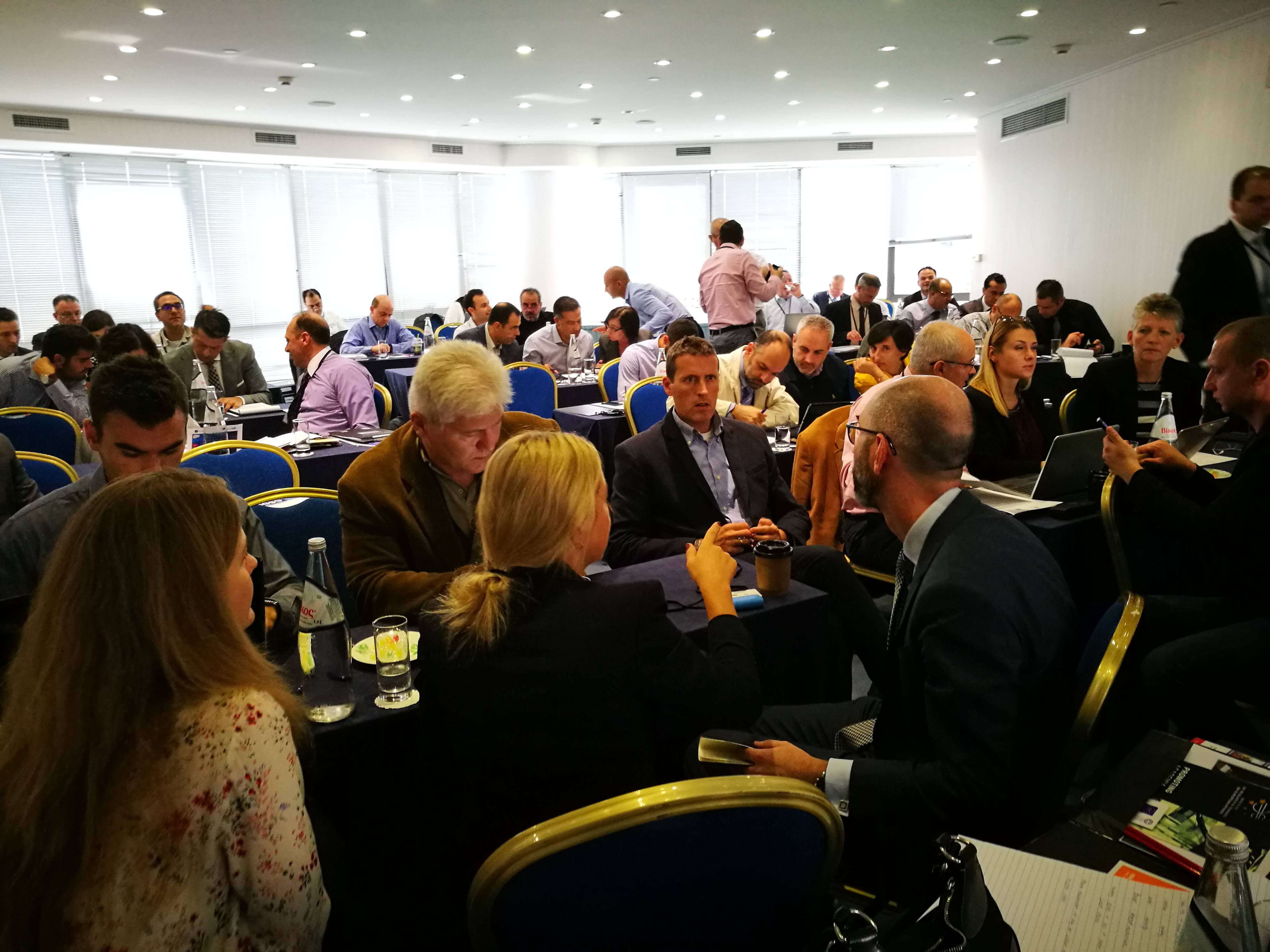The CSDP Orientation Course, organised by the Institute of Research and Training on European Affairs, gathered together 48 participants from EU Member States, EU Institutions and non-EU countries Norway, Moldova and Iraq, while 20 % of the participants were women.

The Institute of Research and Training on European Affairs (IRTEA) and the European Security and Defence College successfully co-organised the Common Security and Defence Policy (CSDP) Orientation Course in Athens from 15 to 19 October 2018.
The CSDP Orientation Course was hosted by IRTEA and welcomed 48 participants, 20 % of whom were women, from 16 EU and non-EU countries, including Iraq and Moldova, as well as the EU institutions, Europol and Satcen.
During the five-day course, participants had the opportunity to network, share views and perspectives with each other and with professionals in the field of CSDP, advance their knowledge and develop their decision-making skills in the context of the EU Crisis Management Simulation Game.
 The course succeeded in its primary goal of developing and promoting a better understanding of CSDP and providing participants with an overview of the civilian and military aspects of European Security and Defence Policy, going into more detail as the course progressed.
The course succeeded in its primary goal of developing and promoting a better understanding of CSDP and providing participants with an overview of the civilian and military aspects of European Security and Defence Policy, going into more detail as the course progressed.
The political, institutional, ministerial and practitioners’ dimensions were covered by the many speakers invited. An outstanding key-note speech was given by Her Excellency the Ambassador of Austria in Athens, Ms Andrea Ikić-Böhm, on EU Global Strategy: A Europe that protects, while also presenting the priorities of the Austrian Presidency.

The schedule of the course was focused on both an integrated approach and an experiential approach via the simulation game. The topics covered included the structure of CSDP, crisis management at political, strategic and operational level, and EU missions and operations. Some horizontal issues were also covered, such as climate security, energy security and cyber security, among others.
On the fourth day of the course, participants took part in the interactive and innovative simulation game offered by IRTEA, aimed at improving their understanding of the EU crisis management and decision-making procedure in the framework of CSDP. Participants were assigned different roles in the Crisis Management and Planning Directorate (CMPD) of the EEAS and were given a fictional scenario to manage. Given the challenges and risks in the fictional area under their management and the emerging need for EU action in the field, participants drafted the main parts of the Political Framework for Crisis Approach (PFCA) and focused mainly on the creation of the Crisis Management Concept (CMC). This interactive educational activity was implemented with a focus on a participatory approach methodology aiming to give participants an overview of the political aspects of EU crisis management procedures and train them in an in-depth approach to strategic planning.
The interactive simulation game is an expertise which IRTEA is able to offer thanks to its 10 years of experience in this activity, during which more than 700 people working in the field of CSDP have taken part in its training activities.

The highlight of the course was the awards ceremony acknowledging Chairman of the European Security and Defence College Mr Dirk Dubois’ outstanding work on expanding the ESDC’s membership network and increasing the visibility of the ESDC’s activities in the Member States, as well as the key initiatives under his presidency, namely:
- Common Module on CSDP (Military Erasmus)
- European Semester
- European Doctoral School on CSDP
- Sectoral Qualifications Framework – Military Officer Profession (SQF-MILOF)
According to participants’ feedback, the course and especially the simulation game made them feel at the heart of the learning procedure. They felt that they had the opportunity to express themselves and to understand the complexity of the decision-making procedure and the difficulties involved in combining different aspects of the crisis management procedure. Moreover, almost all participants mentioned that they now had a better understanding of the structures of CSDP and the way decision-making mechanisms interact in this procedure.

